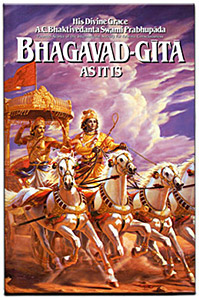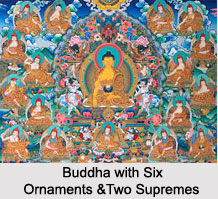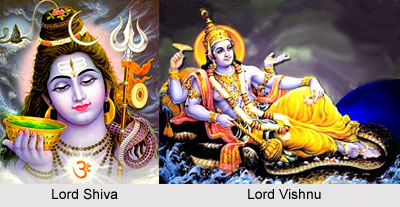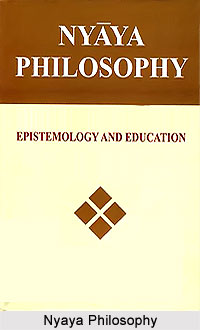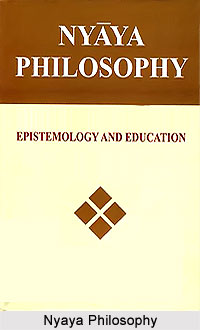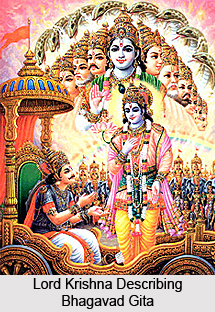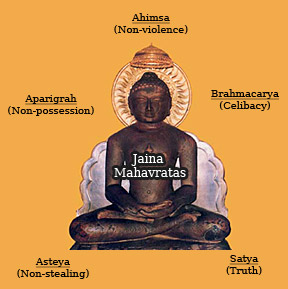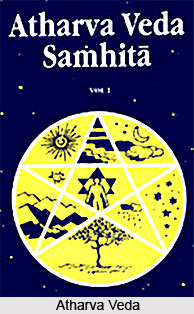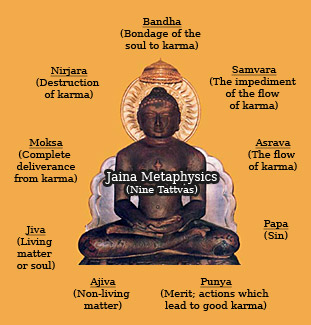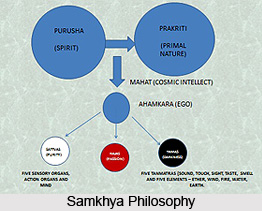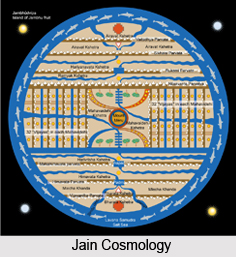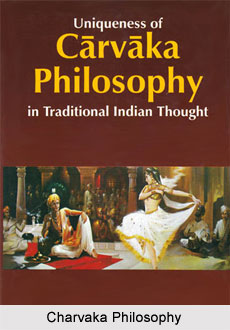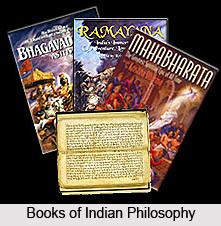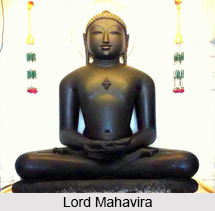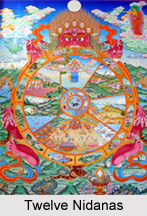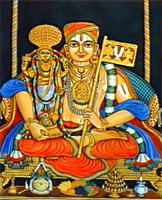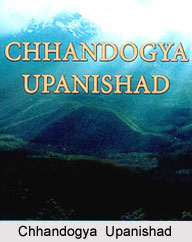 Chandogya Upanishad is associated with the Kauthuma Shakha of the Sama Veda. It is part of the Chandogya Brahmana, which has ten chapters. The Chandogya Upanishad comprises of eight chapters, and commences on the Om Mantra. Chandogya Upanishad is the part of Chandogya Brahaman that contains ten chapters.
Chandogya Upanishad is associated with the Kauthuma Shakha of the Sama Veda. It is part of the Chandogya Brahmana, which has ten chapters. The Chandogya Upanishad comprises of eight chapters, and commences on the Om Mantra. Chandogya Upanishad is the part of Chandogya Brahaman that contains ten chapters.
The 2nd Khanda of Part Five of Chandogya Upanishad describes about The Mantha Rite. Here the Prana enquires about its food. The Upanishad replied that whatever food is eaten is the food of the ana. The Prana is also known as ana. The Prana next asked about its clothes. It was replied that water is his clothes. Hence, when people eat the prana is covered with it. This doctrine of Prana was explained by Satyakama, the son of Jabala to Gosruti, the son of Vyaghrapad. He further explains that a person who wishes to achieve greatness must perform the initiatory rite on the new moon day and then on the full moon night. As a libation he must prepare a paste stirring all the herbs with curds and honey and then offer it in fire. Similarly, he must also offer a libation in the fire where the melted butter is offered. He must then move a little away from the fire and holding the paste in his hands recites mantras in the name of Prana. Then he must recite mantras from Rig Veda and swallow the paste each time. Slowly the paste gets finished and after cleaning the vessel made of metal or wood, he lies down behind the fire, on a skin or on the bare ground, controlling his speech. While he sleeps if he dreams about a woman then he can understand that his work has been a success.
This article is a stub. You can enrich by adding more information to it. Send your Write Up to content@indianetzone.com


